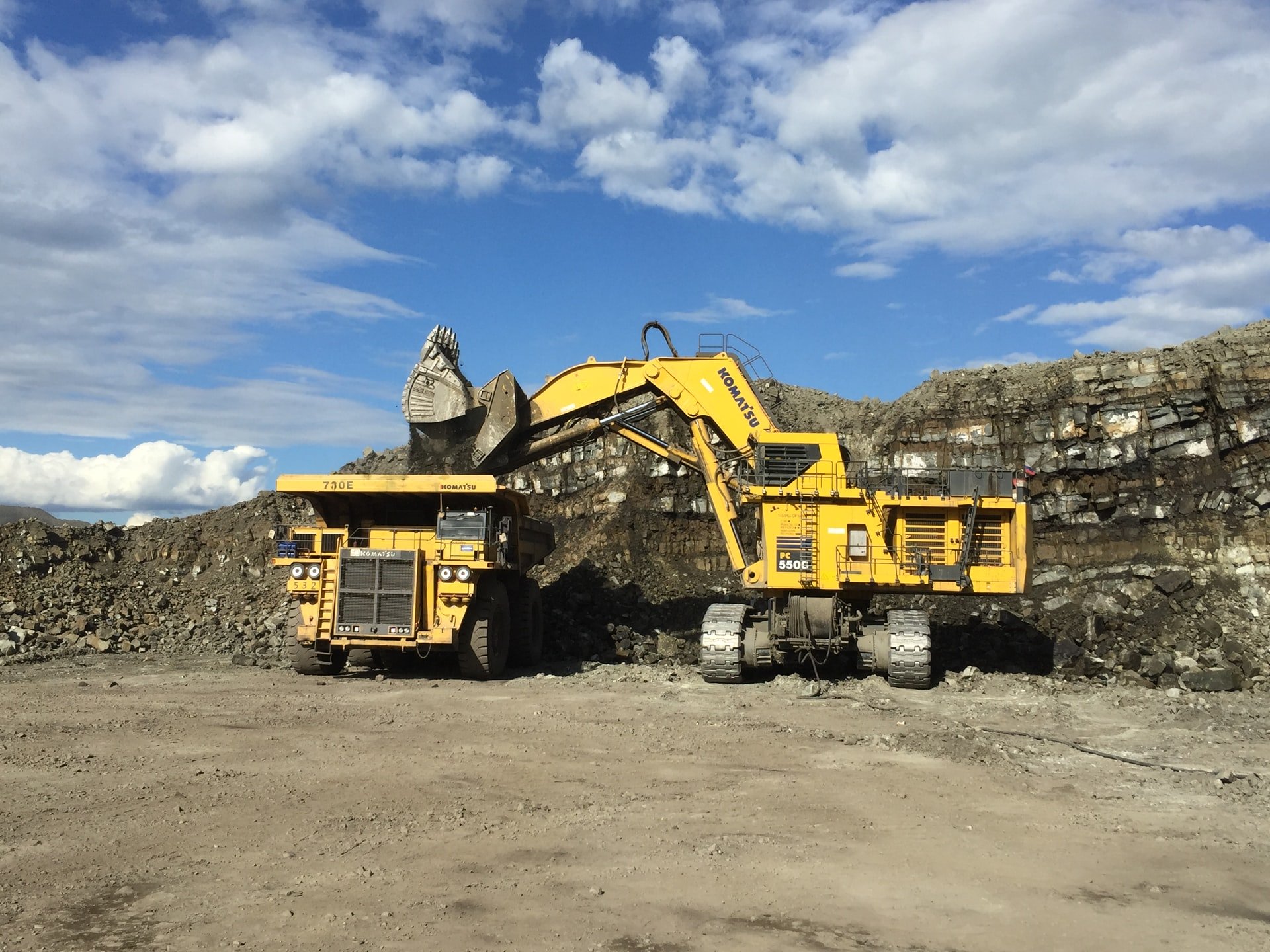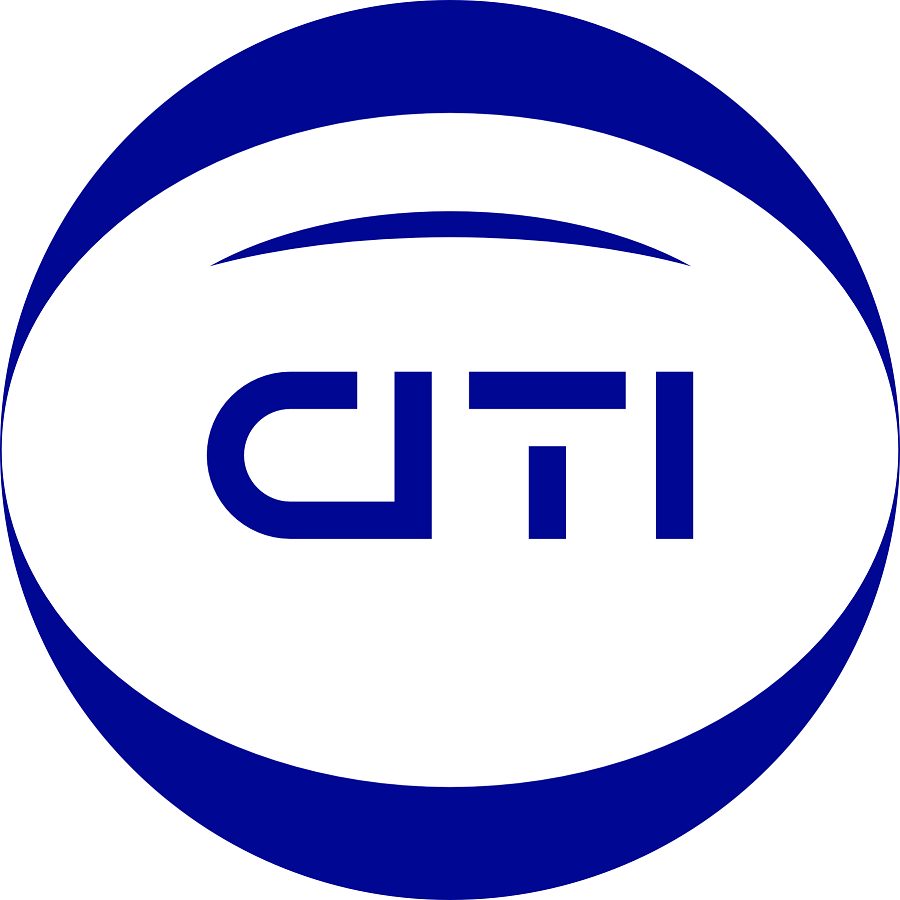Description
Mine Surveyors play a key role in
maintaining accurate plans of the entire mining infrastructure on site along
with regular update maps of the surface layout to plan for new surface and
underground installations that are critical for the mining operation.
They plan and design the schematics of
underground facilities as well as advising on the right surveying and sampling
techniques thereby supporting underground and surface mining operations. All
the necessary underground workings are plotted and kept regularly updated, so
that surface surface operators and management have a clear understanding of the
underground/ subsurface environment.
Mine surveyors are responsible for
measuring the areas and volumes blasted by underground crews. They therefore
regularly quantify the work done by mining contractors underground, and
calculate their contractual earnings. More importantly, surveyors are involved
in the measuring process to calculate ore production, in volume or mass units,
from the mining operation.In addition to this, the volume of the dumps of waste
accumulating on the surface of the mining property will also be surveyed. This
aspect of the work has turned mine surveyors into managers of mines' resources.
Mine surveyors are responsible for
taking regular samples of reefs exposed in underground excavations, to determine
which areas are profitable to mine. Thus, their work has to be very accurate at
all times. Senior survey personnel also perform management functions, as well
as managing the underground "ore" reserve.
Upon successful completion, you will be
prepared to pass the certification in order to work on a mine.
Learning outcomes
Learning Outcomes of the course include
gaining an overall understanding of:-
1.
Taking
accurate measurements of surface and underground working and maintaining
accurate and secure records of Survey within the Mine Site.
2.
Carrying
out surveys, risk assessments and environmental impact assessment on potential
sites to assess whether plans are workable.
3.
Exploring,
mapping and developing sites for gold mineral extraction.
4.
Charting
surface and underground areas within the Mine site area by using Global
Positioning Systems (GPS), building accurate 3D models using digital imaging
and specialist CAD (Computer - aided - design) software to map the Structure of
the site.
5.
Providing
Valuations of gold deposits.
6.
Undertaking
exploration work, such as taking samples and recording results
7.
use
engineering methods and understand the uses of computer packages for the
computation, modelling, simulation and evaluation of mining layouts, and
communicate,
8.
explain
and discuss the reasoning, methodology, results and ramifications of all these
aspects in a professional manner at all levels.
9.
Methods
of Mineral Exploration
10.Geophysics
for Engineers and Geologists as tools for mineral exploration
11.Satellite
image interpretation and field mapping/Cartographic principles
Who
should attend this course?
•
Professional
Miners
•
Quarry
Managers/Workers
•
Small
Scale/Artisanal Miners
•
Construction
Workers-Civil Engineering, Construction Supervisors working in Tunneling,
excavations
•
Environmental
Professional
•
Bankers
and Financial analysts
Assessment:
After completing and passing the course
successfully, you will be able to obtain an Accredited Certificate of
Achievement.
At the end of the course, you will be required
to do a real-life Project. Your evaluation will ascertain whether you qualify
for a certificate of Technical Competence. It is important to note that some
course assessments lead to the award of an accredited certificate by the
Ministry of Education and Sports of Uganda.








